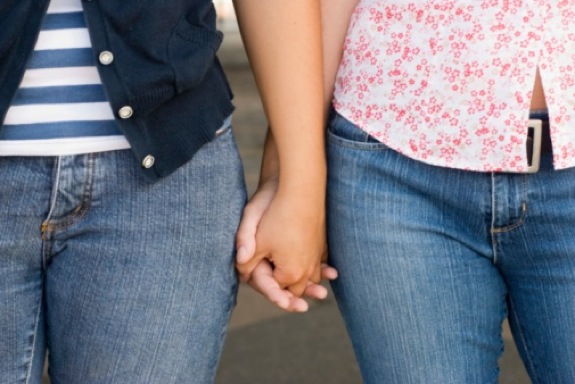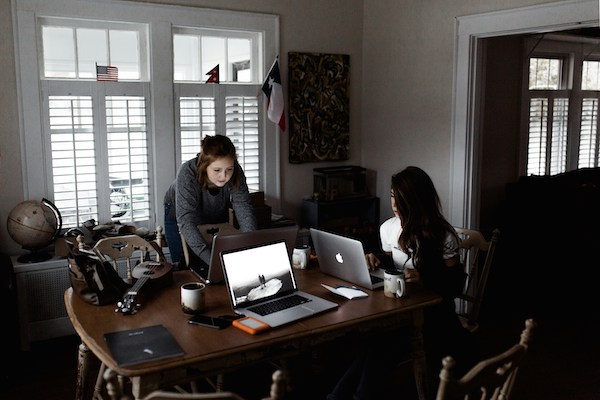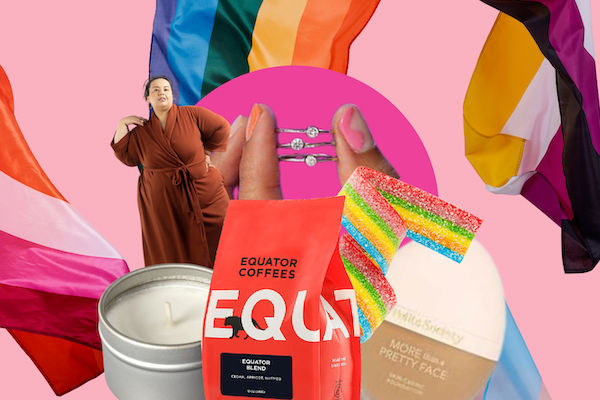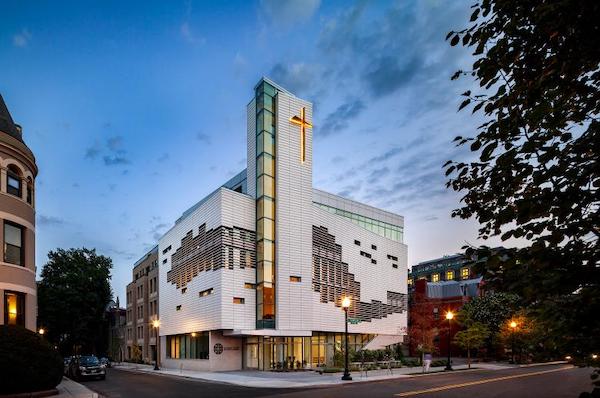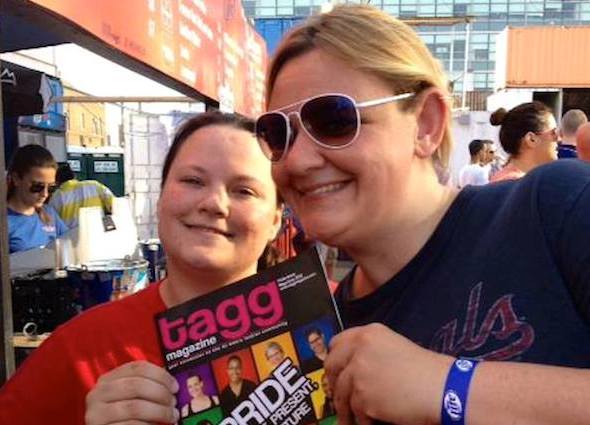
Wedding Announcement: Tashia McCarty and Kelly Simon
November 21, 2014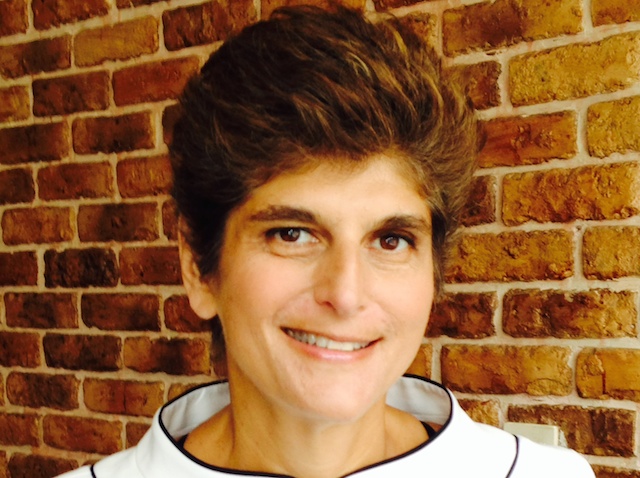
Grab an Apron and Get Cookin’ With Chef Jamie Leeds
November 24, 2014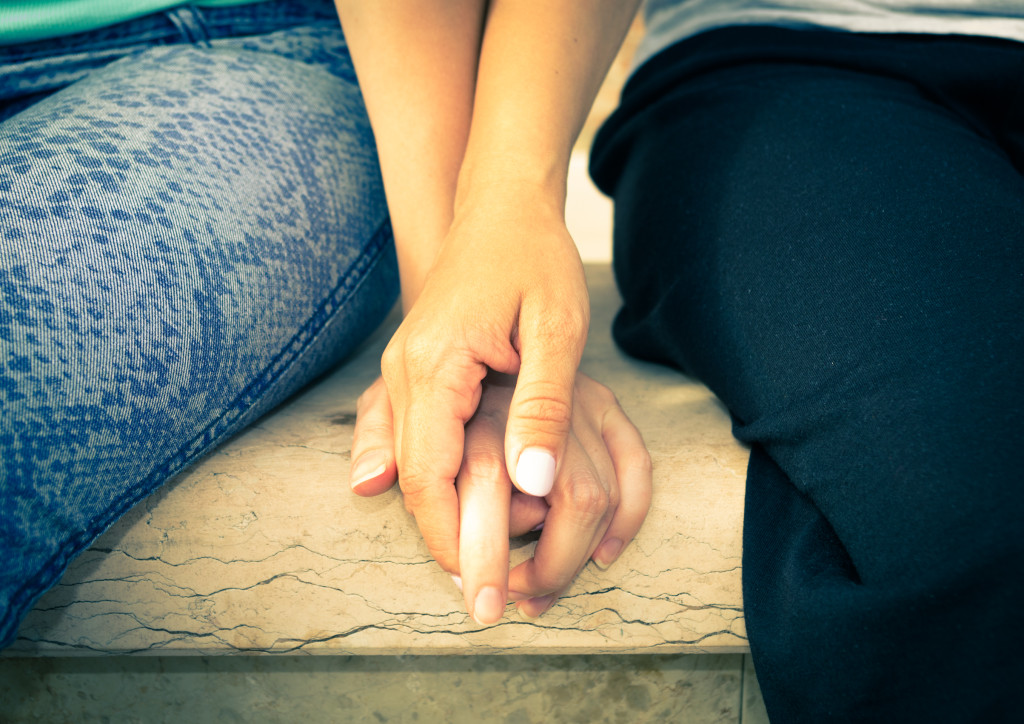
According to a study published Thursday from Indiana University, Americans, both gay and straight, are becoming much more accepting of the idea of equal rights for LGBTQ Americans but would still rather us keep the affection behind closed doors.
The research, authored by Long Doan and published in the American Sociological Review found that 70% of Americans support gay rights but only 55% approved of gay couples showing public affection. Though the percentage of approval for lesbian couples was much higher, the report stated that French kissing between either gay or lesbian couples only had 20-30% approval. Sadly, even LGBTQ couples were more comfortable seeing heterosexual couples showing affection, though the study does suggest that this is perhaps due to internalized fear of a negative reaction.
I do not know how many times I have heard statements like, “It is fine if people are gay, but why do they have to be so public about it?” or “I’m not homophobic because I wouldn’t want to see a straight couple making out either.”
People seem to forget how many ways affection can manifest itself. Public displays of affection can be everything from a kiss on the cheek, a kiss hello or goodbye, brushing someone’s hair out of their face, gently touching an arm, rubbing your partner’s back when they are stressed or not feeling well, or even standing too closely and giggling in your own little world. These actions become so comfortable that straight couples barely even notice them. When asking homosexual couples to not be as comfortable showing general affection to the person they love, you are asking them to consciously pretend that their relationship does not exist just because you have not had enough exposure to it.
Heterosexual people, especially males, many times say they do not care to see this affection because it is not what they are attracted to. This is like saying that you believe in interracial couples but you do not want to see it in public because you are not attracted to people of a different race. I cannot even begin to explain everything wrong with that statement but hopefully you see the point. So what is the course of action? How do we fight these views? My answer is exposure.
I remember being in my first relationship with a woman and the feeling that everyone was staring at us. I remember being so conscious of where my hands were or how close I was standing; and looking back that discomfort probably brought more attention to me than anything else. I also remember going to gay clubs and finally seeing couples show affection to each other. Though it was not uncomfortable and probably more exciting, it was still shocking because I did not have much exposure with LGBTQ couples being open and out.
Lately, I have heard people say that almost every show these days has a gay character or that they feel TV shows and movies are capitalizing on gay culture because it is “trendy”. However, as this continues, it will get to a point where gay characters are standard, where a gay kiss, whether it is on Glee or during the NFL draft, is something that people will not even think twice about. I do not notice when a coworker gets dropped off and kisses their wife or husband or when a couple at the grocery store is harmlessly flirting in front of me, but this is because heterosexual affection is something we get constant exposure to.
The solution also lies within our own personal comfort. These days, I do not notice when I show my girlfriend affection because it seems like the most natural thing in the world, and I do not notice when I see other homosexual couples show affection either, unless it is to acknowledge that I am in the presence of family. Though the study release on Thursday was sadly not surprising, I would like to think the results will help foster the discussion about the difference between being tolerant of the LGBTQ community and actually accepting us as natural and equal members of society.


